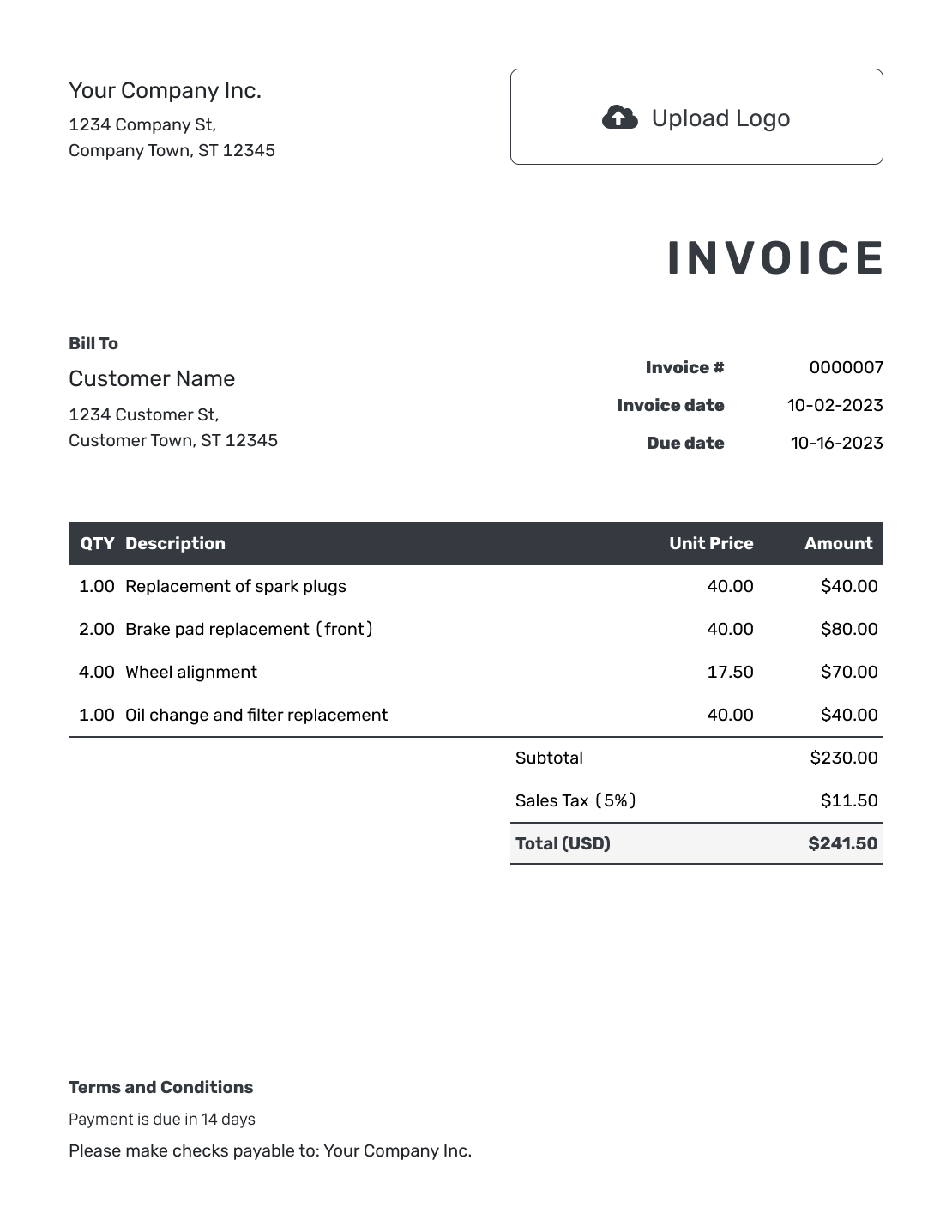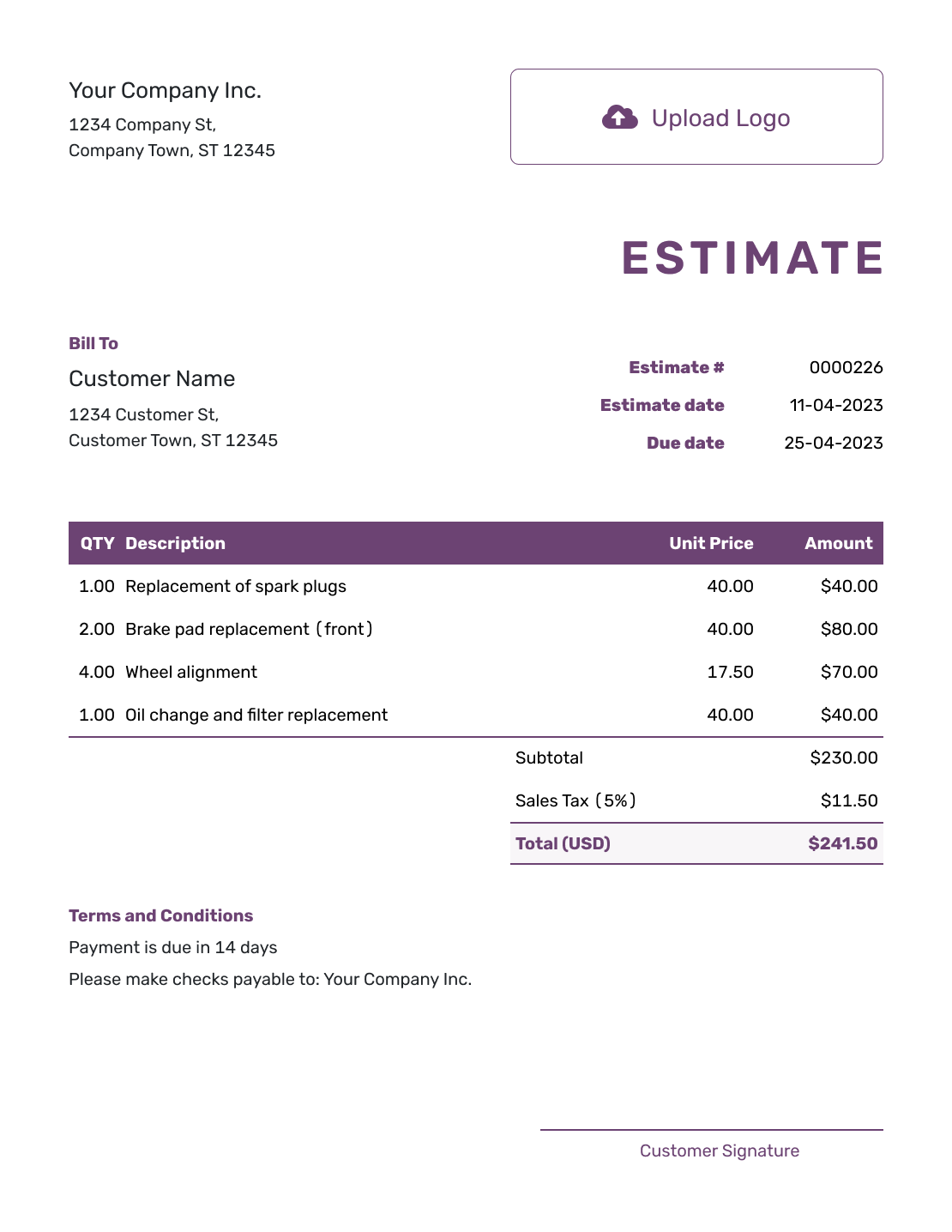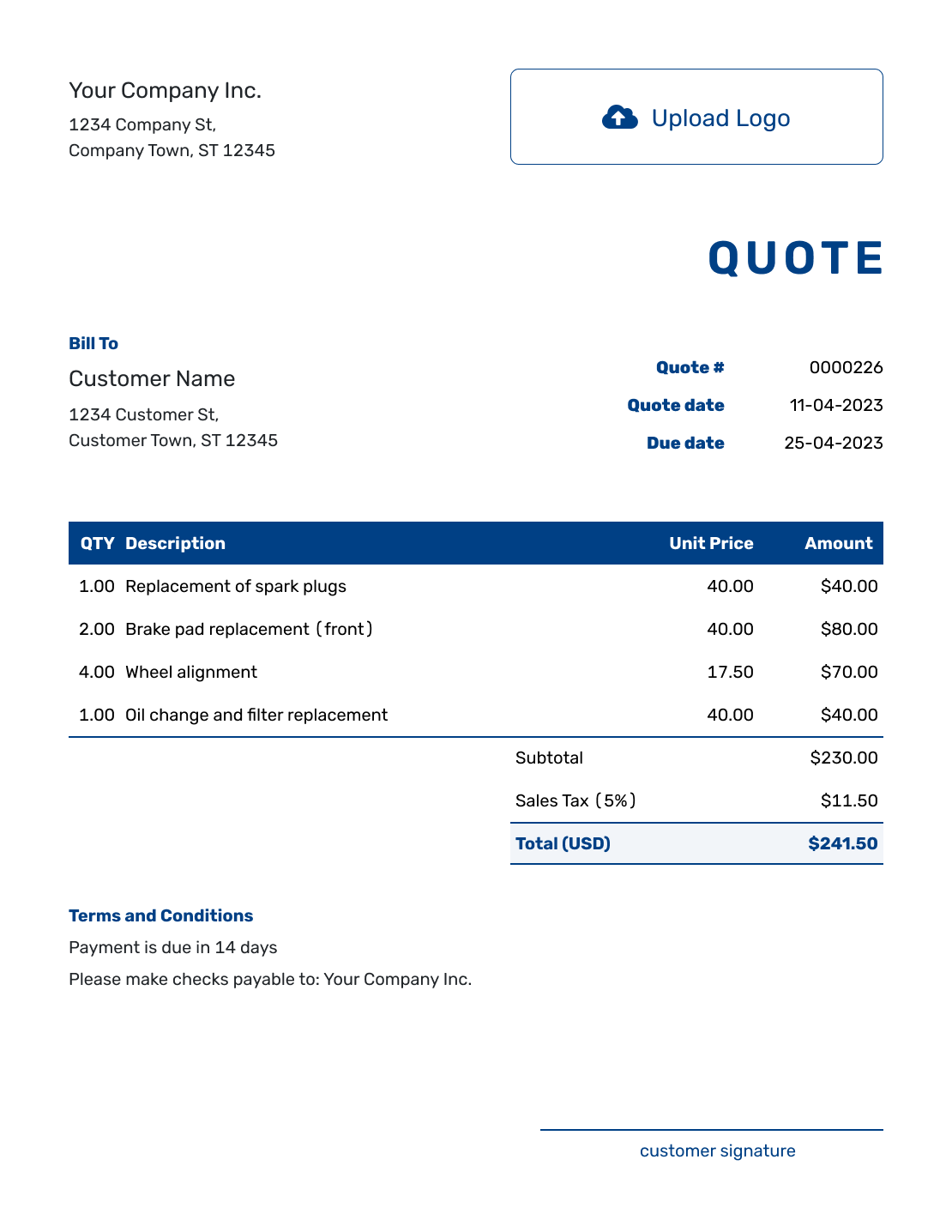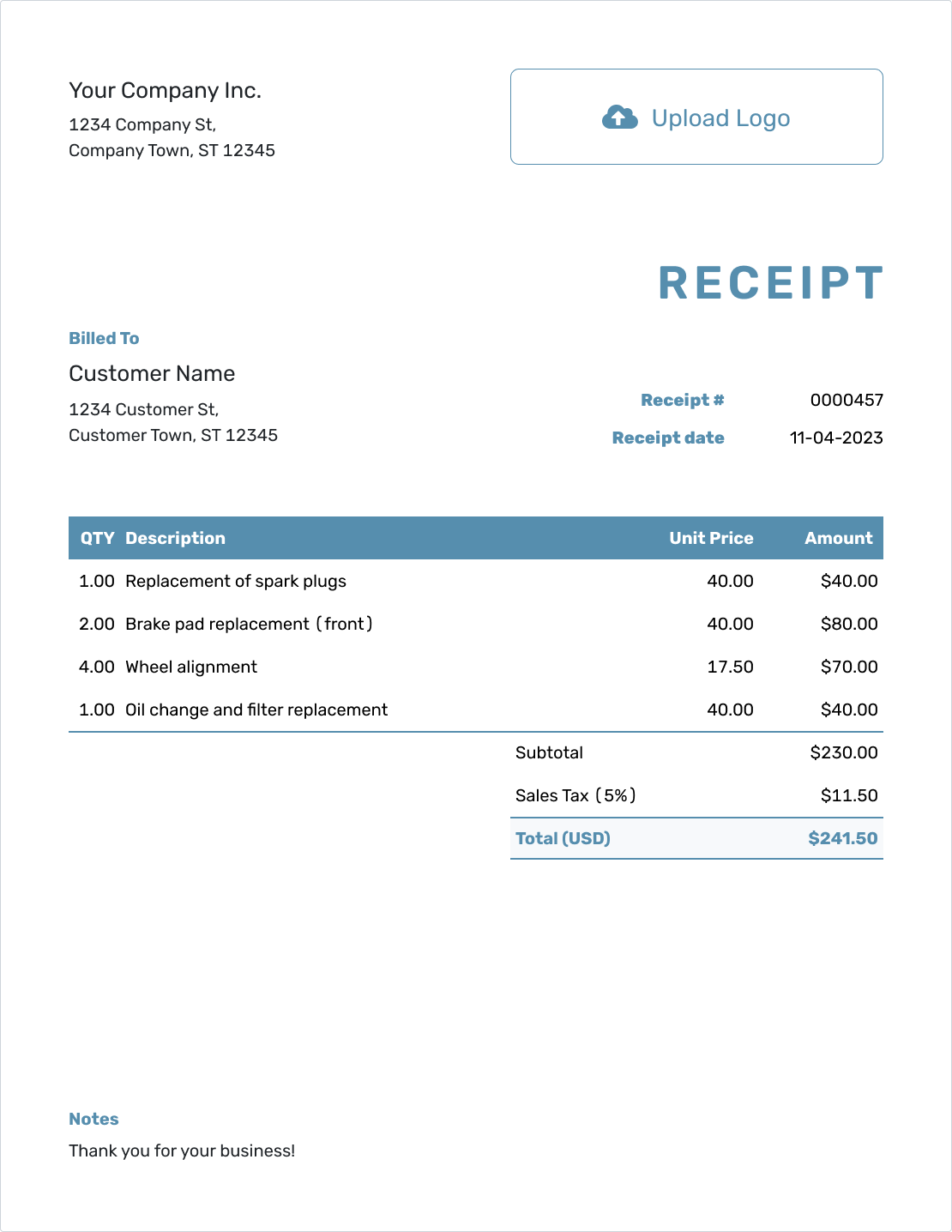Est. reading time: 5 min
Whether you're a shopper eager to find the best deal or a retailer setting discounts, understanding how to calculate percentages off is crucial. This guide will explain the concept of "percent off," provide detailed instructions for calculating it, and include real-world examples.
Also try:
Table of Contents
- What is Percent Off?
- Word Definitions
- How to Calculate Percent Off
- Examples
- Frequently Asked Questions
- Further Reading
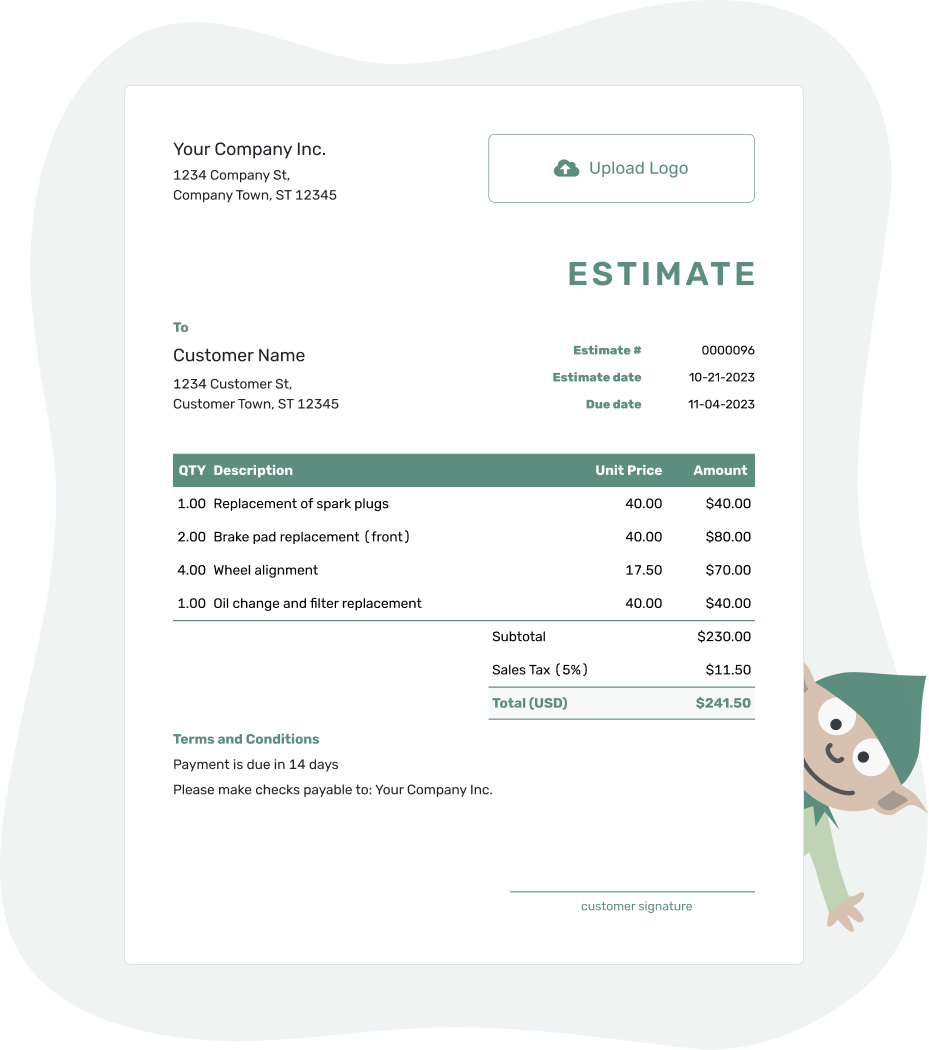
- PDF, Email or Print
- Convert to Invoice
- See when your estimate has been opened
- Get notified when your estimate is accepted
What is Percent Off?
"Percent off" refers to the reduction from the original price of an item or service, expressed as a percentage. It's a popular form of discounting that helps consumers save money and retailers promote sales or clear stock.
Word Definitions
-
Original Price:
The price of an item before the percent off discount is applied. -
Percent Off:
The percentage reduction applied to the original price. -
Discount Amount:
The actual amount of money saved from the original price due to the discount. -
Final Price:
The price of an item after the percent off discount has been applied.
How to Calculate Percent Off
To calculate the percent off of an item, you can first find the discount amount, and then substract it from the original price to get the final price.
To find the discount amount, multiply the orignial price with the percent off:
| Discount Amount = | Original Price × Percent Off |
To get the final amount you can then substract the discount amount from the original price:
| Final Price = | Original Price - Discount Amount |
Examples of Percent Off Calculation
Here are some examples to help understand the process of calculating percent off:
Example 1: 30% off a $100 Item
An item originally priced at $100 with a discount of 30% would be calculated as follows:
| Discount Amount = | $100 × 30% | = $30 |
| Final Price = | $100 - $30 | = $70 |
The discount amount is $30, making the final price $70.
Example 2: 50% off a $40 Item
For an item with an original price of $40 and a discount of 50%, the calculation would be:
| Discount Amount = | $40 × 50% | = $20 |
| Final Price = | $40 - $20 | = $20 |
The discount amount is $20, resulting in a final price of $20.
Frequently Asked Questions
-
How do I calculate percent off on an item?
To calculate the percent off on an item, first, convert the percentage to a decimal by dividing by 100. Then, multiply this decimal by the original price of the item to find the discount amount. Finally, subtract the discount amount from the original price to get the final price. The formula looks like this: Final Price = Original Price - (Original Price × Percent Off / 100).
-
Which is better: percent off or dollars off?
Whether a percent off or a dollar amount off is better depends on the original price of the item and the size of the discount. For more expensive items, a percent off might offer greater savings. For less expensive items, a fixed dollar amount off could be more beneficial. Always calculate both options to see which discount provides the greatest savings.
-
Can I apply multiple percent off discounts to a single item?
Applying multiple discounts to a single item is possible but usually, discounts are applied sequentially, not cumulatively. This means you apply the first discount to the original price, then apply the second discount to the new sale price, and so on. The policy on combining discounts varies by retailer, so it's best to check with them first.
-
How can I calculate the original price if I know the final price and the percent off?
To find the original price given the final price and the percent off, you can use the formula:
Original Price = Final Price 1 - Percent Off / 100 This equation rearranges the typical discount formula to solve for the original price instead of the final price.
-
Why do retailers use percent off discounts?
Retailers use percent off discounts for several reasons. These discounts can stimulate sales of slow-moving inventory, attract price-sensitive shoppers, and create a sense of urgency around a sale. Percent off discounts can also simplify marketing across multiple items, as the same discount rate can apply to many products, making it easier for consumers to understand the savings they're getting.
Further Reading
Dive deeper into the concept of percent off and other discounting strategies with the following resources:
- The Psychology of Pricing: A Gigantic List of Strategies - A comprehensive exploration of psychological factors behind pricing strategies, including the influence of discounts on consumer behavior.
- A Quick Guide to Value-Based Pricing - Harvard Business Review provides an overview of value-based pricing, which can offer insights into when and how to use discounts effectively.
- Understanding Pricing Strategies, Price Points And Maximizing Revenue - This Forbes article explores the psychological aspects of pricing and discounting, providing a strategic perspective on how discounts can affect consumer behavior.

